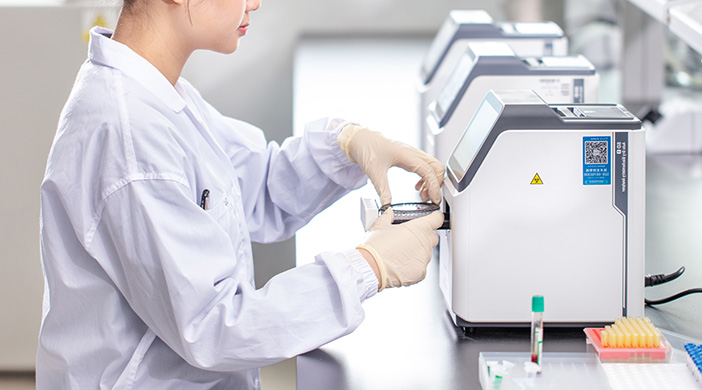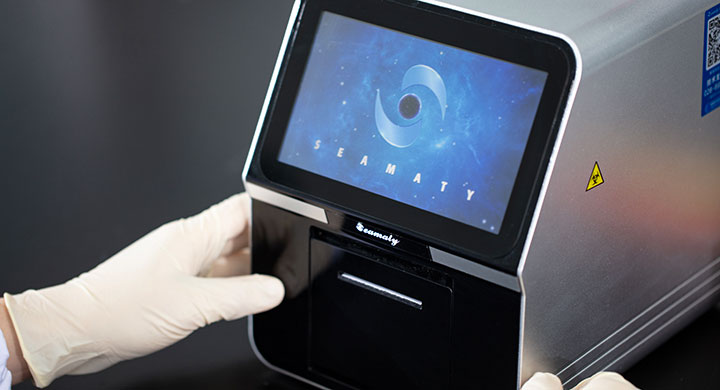release time:2024-01-16 11:23:44

Accurate and reliable results from veterinary biochemical analyzers are crucial for informed clinical decisions in animal healthcare. This article explores various factors that can influence the accuracy of these analyzers and provides insights on how to mitigate their impact.
Importance of timely and correct specimen handling for result accuracy.
Physiological baseline variations in biochemical parameters among different animal species.
Specific breeds may have predispositions to diseases affecting certain analytes.
Dehydration and overhydration effects on blood analyte concentrations.
Physiological changes influencing biochemical parameters during reproductive stages.
Impact of coexisting diseases on specific analyte results.
Risks and consequences of contaminating blood samples with other substances.
Importance of proper storage conditions and timely transport to maintain sample integrity.
Calibration issues, equipment malfunction, and maintenance importance for accurate results.
The significance of proper training and adherence to protocols in minimizing errors.
A comprehensive understanding of these factors is vital for veterinarians to ensure accurate and reliable results from biochemical analyzers. Mitigating these influences through proper handling, awareness of animal-specific considerations, and instrument maintenance is essential for providing high-quality healthcare to animal patients.

2024-01-05
Discover the top 10 trends in the in vitro diagnostics industry in 2023, from POCT to digital diagnostics and lab automation.

2022-08-19
In order to assess a patient during a consultation and gather diagnostic information, point-of-care (POC) diagnostic equipment are employed. These tools are used to test for drugs of misuse, infectious disorders, and pregnancy. They also analyze electrolytes and enzymes and measure glucose and cholesterol levels.

2021-08-13
There are many testing devices on the market for analyzing blood, such as: blood cell analyzers, biochemical analyzers, enzyme markers, chromosome karyotyping systems, spectrophotometers, frozen centrifuges, blood cell counters, etc. But do you know what type of blood tests they are used in?